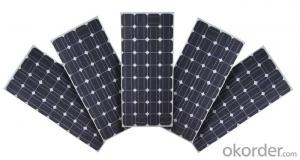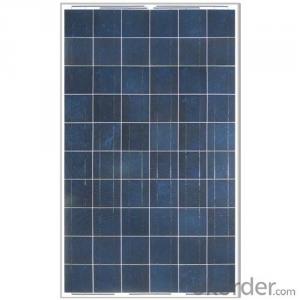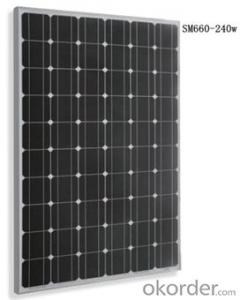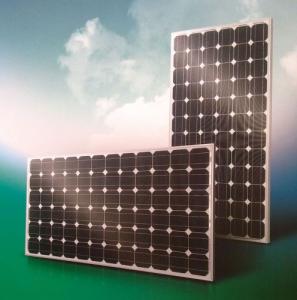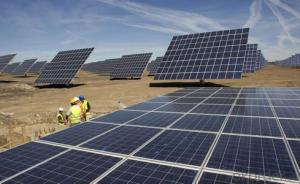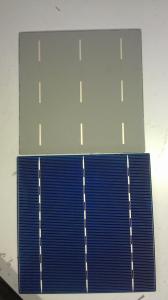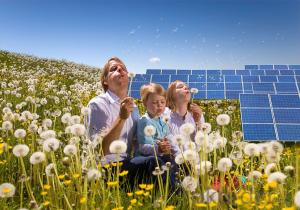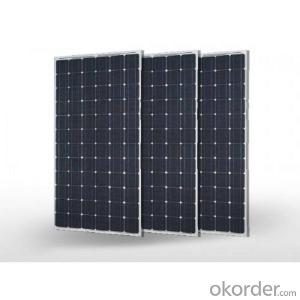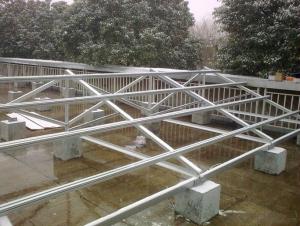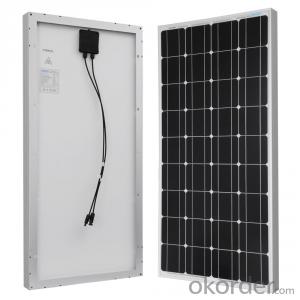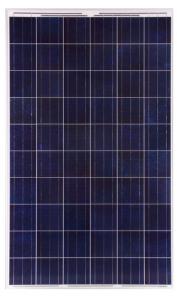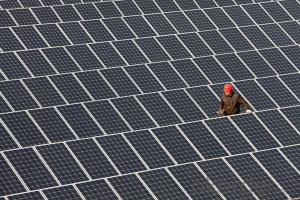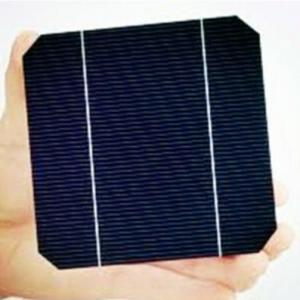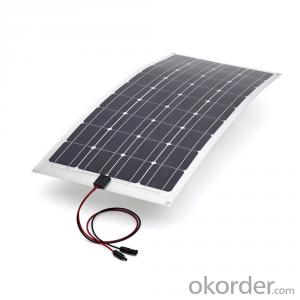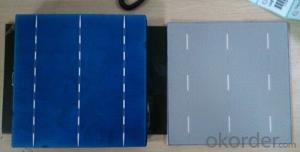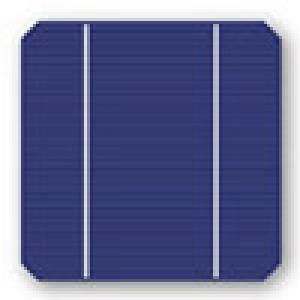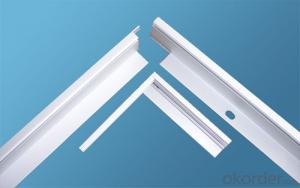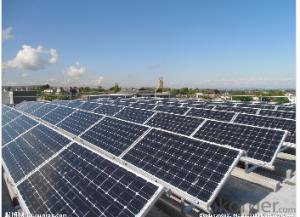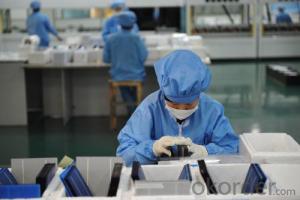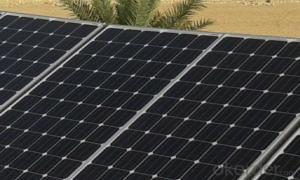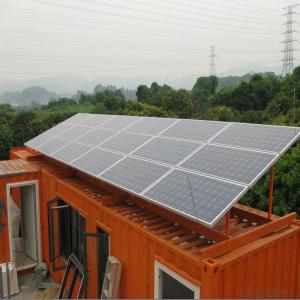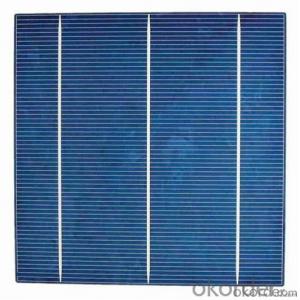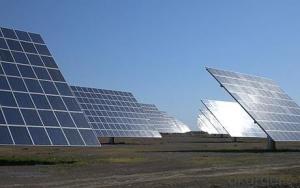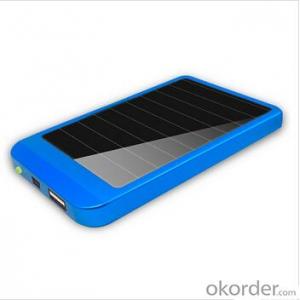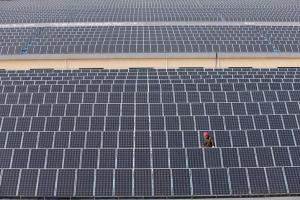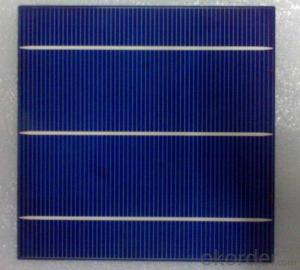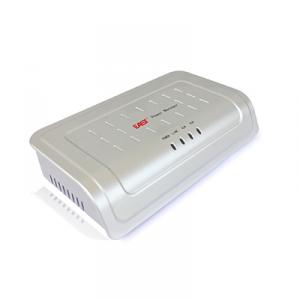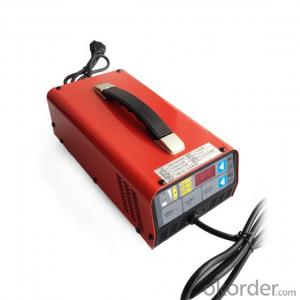Cells Germany Solar Panels
Cells Germany Solar Panels Related Searches
Cells Germany Solar Panel Q Cells Solar Panels Applied Materials Solar Cells Alta Devices Solar Cells Germany Solar Inverter Buy Solar Panel Cells Q Cells Solar Modules Solar Cells And Solar Panels Fraunhofer Solar Cells Bosch Solar Cells Solar Cell Solar Module Solar Cell Module Panel Array Solar Panel Module Chinese Solar Cells Solar Energy Cells Folding Solar Cells Hanwha Q Cells Solar Panels Q Cells Solar Panel Better Solar Cells Photovoltaic Solar Cells Compact Solar Cells Algae Solar Cells Solar Cell Module Biomimicry Solar Cells Power Inverter Solar Panels High Quality Solar Cells Buy Solar Cells Inverter Solar Panels High Performance Solar Cells Foldable Solar CellsCells Germany Solar Panels Supplier & Manufacturer from China
Cells Germany Solar Panels are a range of high-quality photovoltaic products designed to harness the power of the sun and convert it into usable electricity. These solar panels are engineered with advanced technology and are known for their efficiency, durability, and reliability. They are equipped with premium cells that ensure maximum energy output, making them an excellent choice for various applications.The application and usage scenarios of Cells Germany Solar Panels are vast, catering to both residential and commercial needs. They are widely used for powering homes, businesses, and even large-scale industrial projects. These solar panels can be installed on rooftops, open fields, or integrated into building structures to generate clean and sustainable energy. They are also suitable for off-grid applications, such as powering remote locations or providing electricity to areas with limited access to the power grid.
Okorder.com is a leading wholesale supplier of Cells Germany Solar Panels, boasting a large inventory that caters to the diverse needs of customers worldwide. As a reputable distributor, Okorder.com ensures that the products are sourced directly from the manufacturer, guaranteeing authenticity and quality. With competitive pricing and a commitment to customer satisfaction, Okorder.com stands out as a reliable choice for those looking to purchase Cells Germany Solar Panels for their energy needs.
Hot Products


